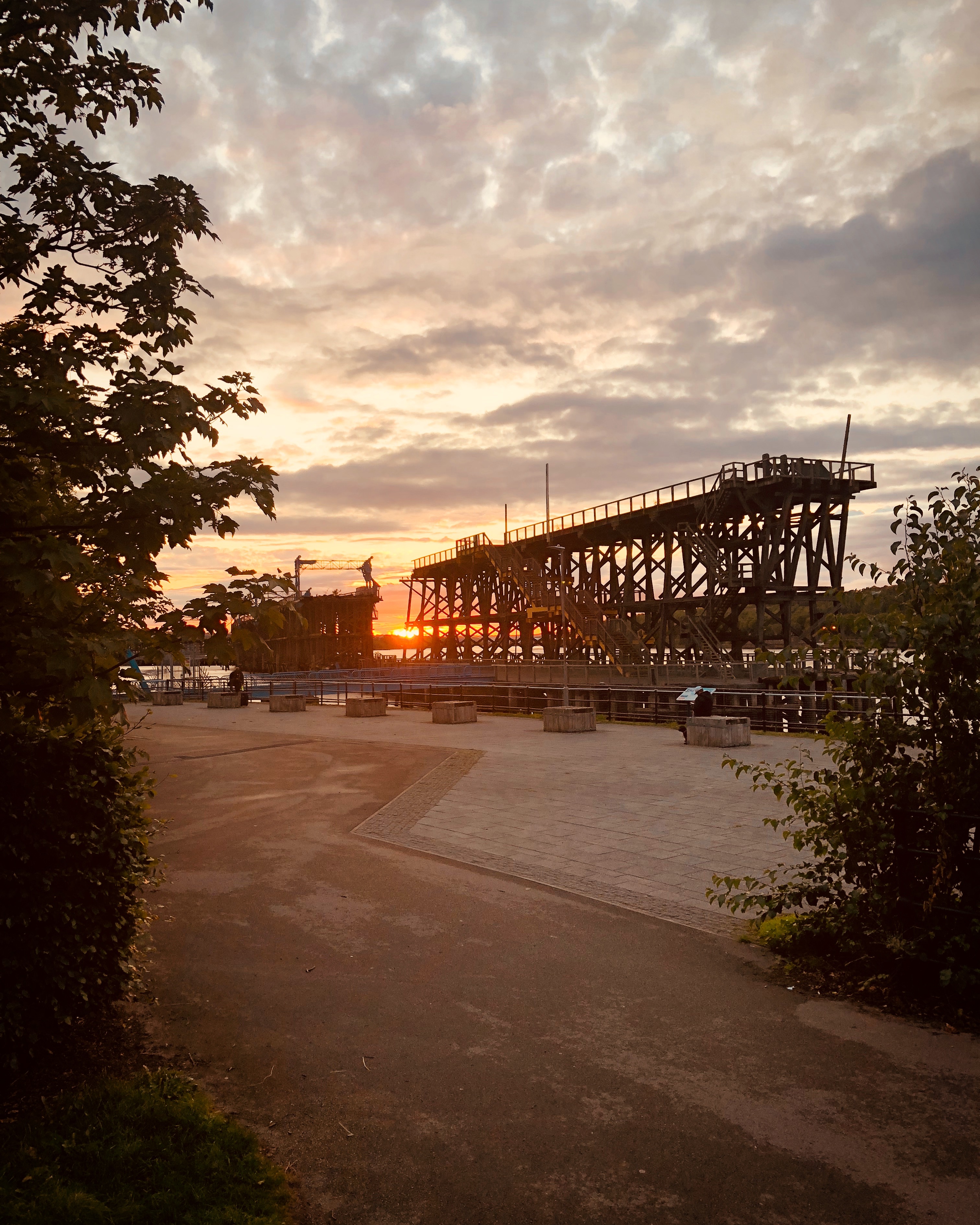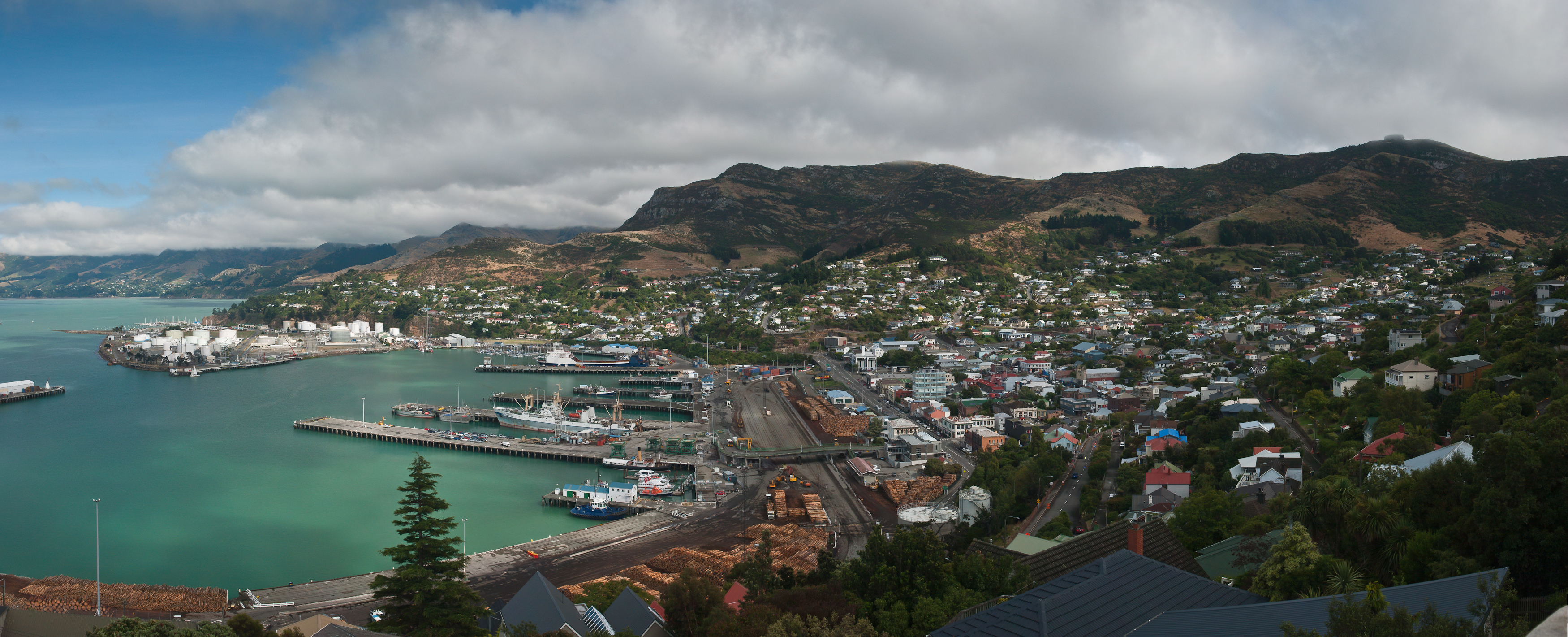|
Merz And McLellan
Merz and McLellan was a leading British electrical engineering consultancy based in Newcastle. History The firm was founded by Charles Merz and William McLellan in Newcastle upon Tyne in 1902 when McLellan joined Merz's existing firm established in 1899.Charles Merz - Lessons from Boston Institute of Engineering & Technology The partnership was instrumental in designing the 's first electrical supply network, on , [...More Info...] [...Related Items...] OR: [Wikipedia] [Google] [Baidu] |
Parsons Brinckerhoff
WSP USA, formerly WSP, Parsons Brinckerhoff and Parsons Brinckerhoff, is a multinational engineering and design firm with approximately 14,000 employees. WSP stands for Williams Sale Partnership. The firm operates in the fields of strategic consulting, planning, engineering, construction management, energy, infrastructure and community planning. In 2013, the company was named the tenth largest U.S.-based engineering/design firm by ''Engineering News Record''. In 2020, it was ranked #7 of the Top 500 Design Firms and #2 of the Top 100 Pure Designers by the same magazine. On October 31, 2014, Parsons Brinckerhoff became a wholly owned independent subsidiary of WSP Global, a Canadian-based professional services firm. Parsons Brinckerhoff was renamed to WSP, Parsons Brinckerhoff, then to WSP USA in 2017. Together with WSP Global, WSP USA is one of the largest professional services firms in the world, with approximately 31,500 employees in 500 offices serving 39 countries. History F ... [...More Info...] [...Related Items...] OR: [Wikipedia] [Google] [Baidu] |
Wallsend
Wallsend is a town in North Tyneside, England, at the eastern end of Hadrian's Wall. It has a population of 43,842 and lies east of Newcastle upon Tyne. History Roman Wallsend In Roman times, this was the site of the fort of Segedunum. This fort protected the eastern end of Hadrian's Wall, which did not terminate at the western wall of the fort, but continued from its south-eastern corner down to the shore of the River Tyne. As David Breeze writes, "In the early nineteenth century, as recorded by Bruce, John Buddle the Younger had often seen the Wall foundations extending far into the river when swimming there as a boy." Pre-Conquest The withdrawal of the Romans from the Wall immediately brought the Picts from the north and shortly afterwards the Angles, sailing from near the mouth of the River Elbe with frequent raids both from sea and from land. Ida the Saxon laid waste to the whole of the north in 547 and Wallsend doubtless suffered in the general devastation. It was not un ... [...More Info...] [...Related Items...] OR: [Wikipedia] [Google] [Baidu] |
Kariba Dam
The Kariba Dam is a double curvature concrete arch dam in the Kariba Gorge of the Zambezi river basin between Zambia and Zimbabwe. The dam stands tall and long. The dam forms Lake Kariba, which extends for and holds of water. Construction The dam was constructed on the orders of the Government of the Federation of Rhodesia and Nyasaland, a 'federal colony' within the British Empire. The double curvature concrete arch dam was designed by Coyne et Bellier and constructed between 1955 and 1959 by Impresit of ItalySpurwing facts at a cost of $135,000,000 for the first stage with only the Kariba South power cavern. Final construction and the addition of the Kariba North Power cavern by |
South Africa
South Africa, officially the Republic of South Africa (RSA), is the southernmost country in Africa. It is bounded to the south by of coastline that stretch along the South Atlantic and Indian Oceans; to the north by the neighbouring countries of Namibia, Botswana, and Zimbabwe; and to the east and northeast by Mozambique and Eswatini. It also completely enclaves the country Lesotho. It is the southernmost country on the mainland of the Old World, and the second-most populous country located entirely south of the equator, after Tanzania. South Africa is a biodiversity hotspot, with unique biomes, plant and animal life. With over 60 million people, the country is the world's 24th-most populous nation and covers an area of . South Africa has three capital cities, with the executive, judicial and legislative branches of government based in Pretoria, Bloemfontein, and Cape Town respectively. The largest city is Johannesburg. About 80% of the population are Black South Afri ... [...More Info...] [...Related Items...] OR: [Wikipedia] [Google] [Baidu] |
Johannesburg
Johannesburg ( , , ; Zulu and xh, eGoli ), colloquially known as Jozi, Joburg, or "The City of Gold", is the largest city in South Africa, classified as a megacity, and is one of the 100 largest urban areas in the world. According to Demographia, the Johannesburg–Pretoria urban area (combined because of strong transport links that make commuting feasible) is the 26th-largest in the world in terms of population, with 14,167,000 inhabitants. It is the provincial capital and largest city of Gauteng, which is the wealthiest province in South Africa. Johannesburg is the seat of the Constitutional Court, the highest court in South Africa. Most of the major South African companies and banks have their head offices in Johannesburg. The city is located in the mineral-rich Witwatersrand range of hills and is the centre of large-scale gold and diamond trade. The city was established in 1886 following the discovery of gold on what had been a farm. Due to the extremely large gold de ... [...More Info...] [...Related Items...] OR: [Wikipedia] [Google] [Baidu] |
Orlando Power Station
Orlando Power Station is a decommissioned coal-fired power station in Soweto, South Africa. The power station was commissioned at the end of the Second World War and served Johannesburg for over 50 years. History Planning for the construction of Orlando started in 1935, as the electricity demand of Johannesburg was rising faster than what could be met with the existing City Generating Station located in downtown Johannesburg. The location for the station was selected due to its proximity to water supply for coolant and railway lines for the delivery of coal. Construction started in 1939 with Merz & McLellan as consulting engineers, but completion was delayed due to the outbreak of the Second World War. The last phase of construction was completed in 1955. Until 1990 two Robert Stephenson & Hawthorns saddle-tank steam engines (Nos. 7805 ''Elizabeth'' an 0-6-0ST and 7398 ''George'' an 0-4-0ST were used to move incoming coal trains through a wagon tipper at the power plant. The st ... [...More Info...] [...Related Items...] OR: [Wikipedia] [Google] [Baidu] |
Newcastle-Upon-Tyne
Newcastle upon Tyne ( RP: , ), or simply Newcastle, is a city and metropolitan borough in Tyne and Wear, England. The city is located on the River Tyne's northern bank and forms the largest part of the Tyneside built-up area. Newcastle is also the most populous city of North East England. Newcastle developed around a Roman settlement called Pons Aelius and the settlement later took the name of a castle built in 1080 by William the Conqueror's eldest son, Robert Curthose. Historically, the city’s economy was dependent on its port and in particular, its status as one of the world's largest ship building and repair centres. Today, the city's economy is diverse with major economic output in science, finance, retail, education, tourism, and nightlife. Newcastle is one of the UK Core Cities, as well as part of the Eurocities network. Famous landmarks in Newcastle include the Tyne Bridge; the Swing Bridge; Newcastle Castle; St Thomas’ Church; Grainger Town including Grey's M ... [...More Info...] [...Related Items...] OR: [Wikipedia] [Google] [Baidu] |
Dunston, Tyne And Wear
Dunston is a western area of the town of Gateshead on the south bank of the River Tyne, in the Metropolitan Borough of Gateshead, North East England (into which it was absorbed in 1974). Dunston had a population of 18,326 at the 2011 Census. History It has been speculated that Dunston started its existence as a farm or estate of a man named Dunn. Historically part of County Durham, Dunston was first mentioned in 1328. Salmon fishing and farming were important industries in Dunston from at least the 14th century. Coal mining on a small-scale was also important but by the 17th century, the proximity of the river aided the development of large-scale coal mining in the village. During the Great Tyne Flood of 1771 villagers had to be rescued by boat from the roofs and upper stories of their houses. Area Dunston is served by Dunston railway station on the Tyne Valley Line. Dunston is split into two areas separated by the A1 dual carriageway. Much of the area south of the ... [...More Info...] [...Related Items...] OR: [Wikipedia] [Google] [Baidu] |
Dunston B Power Station
:''Sometimes confused with the nearby Stella power stations.'' Dunston Power Station refers to a pair of adjacent Fossil fuel power plant, coal-fired power stations in the North East of England, now demolished. They were built on the south bank of the River Tyne, in the western outskirts of Dunston, Tyne and Wear, Dunston in Metropolitan Borough of Gateshead, Gateshead. The two stations were built on a site which is now occupied by the MetroCentre (shopping centre), MetroCentre. The first power station built on the site was known as Dunston A Power Station, and the second, which gradually replaced it between 1933 and 1950, was known as Dunston B Power Station. The A Station was, in its time, one of the largest in the country, and as well as burning coal had early open cycle gas turbine units. The B Station was the first of a new power station design, and stood as a landmark on the Tyne for over 50 years. From the A Station's opening in 1910 until the B Station's demolition i ... [...More Info...] [...Related Items...] OR: [Wikipedia] [Google] [Baidu] |
Christchurch
Christchurch ( ; mi, Ōtautahi) is the largest city in the South Island of New Zealand and the seat of the Canterbury Region. Christchurch lies on the South Island's east coast, just north of Banks Peninsula on Pegasus Bay. The Avon River / Ōtākaro flows through the centre of the city, with an urban park along its banks. The city's territorial authority population is people, and includes a number of smaller urban areas as well as rural areas. The population of the urban area is people. Christchurch is the second-largest city by urban area population in New Zealand, after Auckland. It is the major urban area of an emerging sub-region known informally as Greater Christchurch. Notable smaller urban areas within this sub-region include Rangiora and Kaiapoi in Waimakariri District, north of the Waimakariri River, and Rolleston and Lincoln in Selwyn District to the south. The first inhabitants migrated to the area sometime between 1000 and 1250 AD. They hunted moa, which led ... [...More Info...] [...Related Items...] OR: [Wikipedia] [Google] [Baidu] |
Lyttelton, New Zealand
Lyttelton (Māori: ''Ōhinehou'') is a port town on the north shore of Lyttelton Harbour / Whakaraupō, at the northwestern end of Banks Peninsula and close to Christchurch, on the eastern coast of the South Island of New Zealand. As a landing point for Christchurch-bound seafarers, Lyttelton has historically been regarded as the "Gateway to Canterbury" for colonial settlers. Until the 2020 coronavirus pandemic, the port has been a regular destination for cruise ships. It is the South Island's principal goods-transport terminal, handling 34% of exports and 61% of imports by value. In 2009 Lyttelton was awarded Category I Historic Area status by the Historic Places Trust (NZHPT) defined as "an area of special or outstanding historical or cultural heritage significance or value", not long before much of the historic fabric was destroyed in the 2011 Christchurch earthquake. Location Lyttelton is the largest settlement on Lyttelton Harbour / Whakaraupō, an inlet on the northwe ... [...More Info...] [...Related Items...] OR: [Wikipedia] [Google] [Baidu] |
Lyttelton Line
Lyttelton Line is a name sometimes used to refer to the section of the Main South Line in New Zealand's South Island between Lyttelton and Christchurch, and can also be used to refer to the operations on this section. As it has always been part of the Main South Line (originally the Canterbury Great Southern Railway), this name has never been officially used to refer to the track itself. The line between Lyttelton and Christchurch is notable for several reasons, including: incorporating part of the first public railway in New Zealand, between Ferrymead and Christchurch; including in its route the still operational first railway tunnel in New Zealand; and, having been the site of the first electrified suburban service in New Zealand. History Part of the Lyttelton Line was originally operated as New Zealand's first public railway, connecting the city of Christchurch to a wharf at Ferrymead. Because of the inaccessibility of the harbour at Lyttelton, shipping traffic berthed ... [...More Info...] [...Related Items...] OR: [Wikipedia] [Google] [Baidu] |









